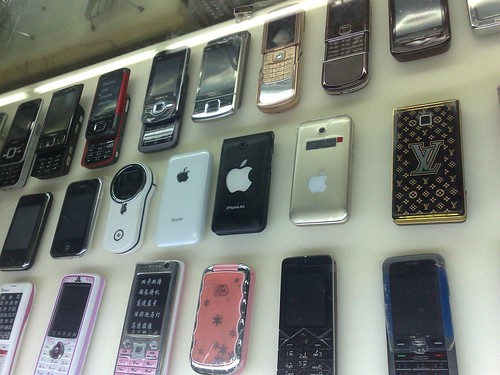 I remember a while back when Xbox, Playstation and Nintendo fanboys were duking it out on message boards on what system was the best. As the systems evolved into more powerful iterations, the target audience for the systems changed. Nintendo started to target a different type of video game player - the casual gamer and Microsoft and Sony stayed with the "hardcore" gamers who have grown up from their 80s 8-bit systems to be adults who demanded more involved and graphic games.
I remember a while back when Xbox, Playstation and Nintendo fanboys were duking it out on message boards on what system was the best. As the systems evolved into more powerful iterations, the target audience for the systems changed. Nintendo started to target a different type of video game player - the casual gamer and Microsoft and Sony stayed with the "hardcore" gamers who have grown up from their 80s 8-bit systems to be adults who demanded more involved and graphic games.The result? The Wii system sold over 70 million consoles with the Xbox 360 at 42 million and PS3 at 38 million (figures approximate).
I believe what Wii is to the console video game market is what iPad is to the mobile computing market now. You hear people complain that the iPad can't do this or do that, but I don't think Apple is targeting the person who wants an all-in-one computer. Apple is targeting the "casual" computer user.
Case in point - my friend has a MacBook Pro and recently bought an iPad. When we visited her over the summer, I did not even see the MBP, just the iPad. All her needs were met including reading blogs, checking Facebook and playing games.
When I had the iPad for a few weeks, I found myself picking up the iPad to pass the time instead of powering up my laptop. I believe this is what Steve Jobs was aiming for - a computer for casual computer use - not to replace the working computer.
And that is why I think it is a game changer and make Apple millions of dollars.
What are the implications of this for your organization?
Questions for my team to wrestle with:
- Will students access our sites using the iPad more than traditional laptops and desktops?
- Is the iPad mobile enough for students to carry it everywhere they go? Should it be included as a device to consider in a mobile strategy?

Photo credit: ahhyeah and geehail2







